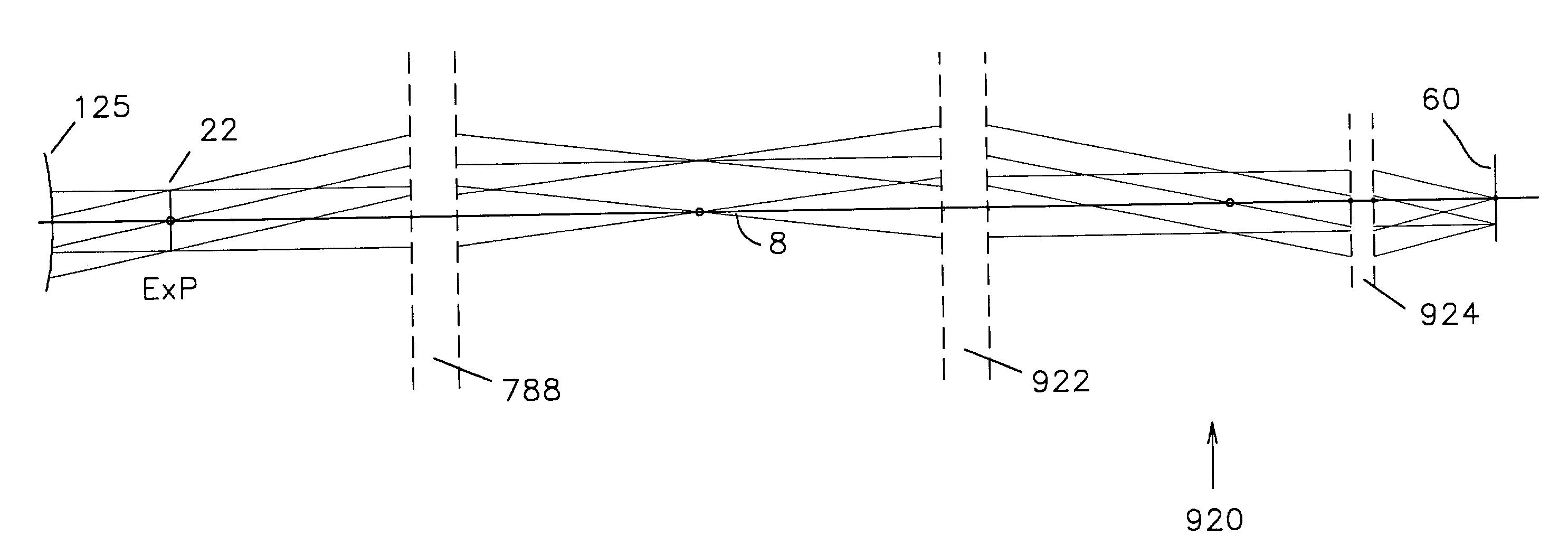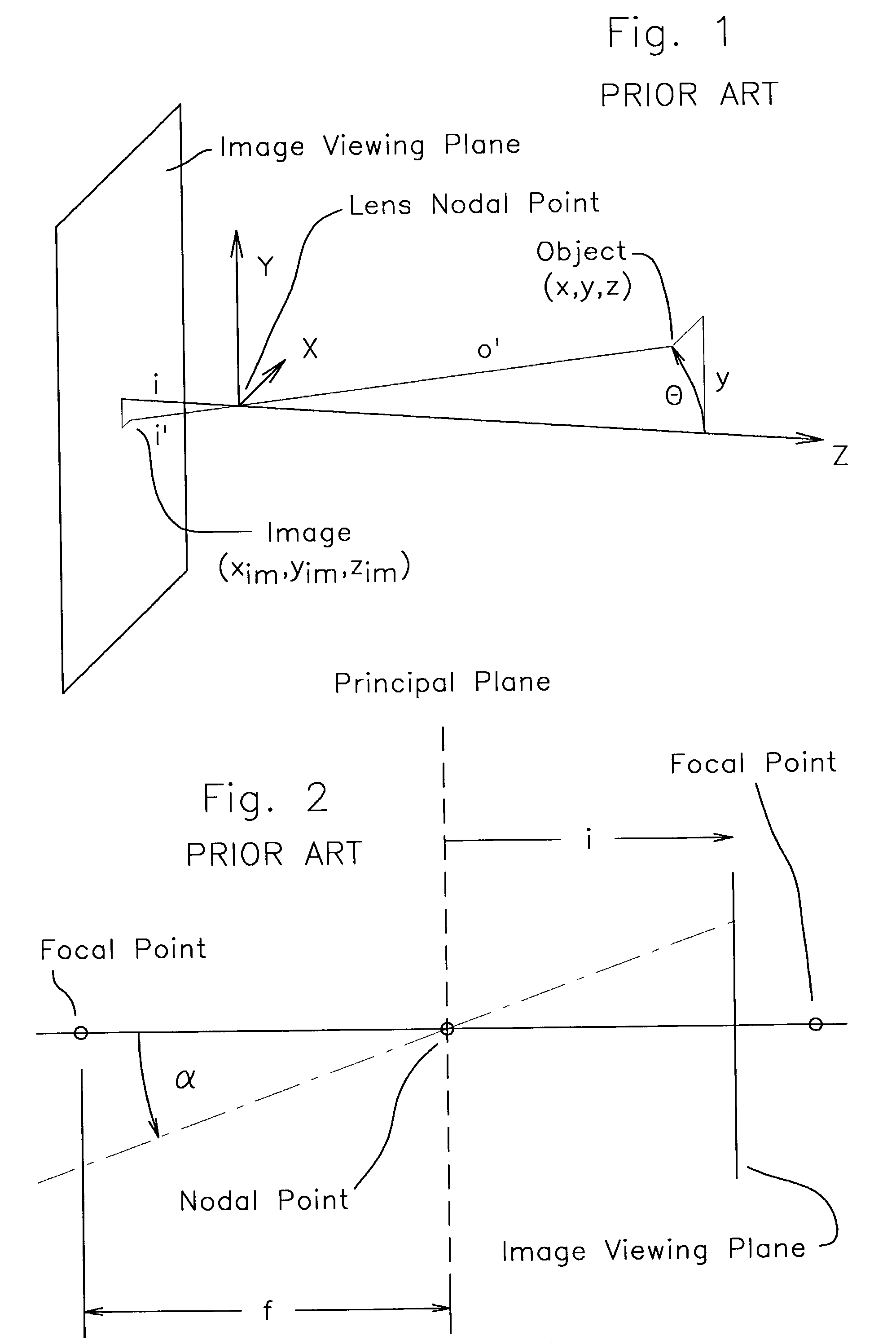Focusing systems for perspective dimensional measurements and optical metrology
a technology of focusing system and perspective dimensional measurement, applied in the field of optical metrology, can solve the problems of loss of calibration, no inherent ability of the user to make a quantitative measurement of the size of the object he or she is viewing, and new optical calibration may have to be performed, so as to achieve more accurate measurements
- Summary
- Abstract
- Description
- Claims
- Application Information
AI Technical Summary
Benefits of technology
Problems solved by technology
Method used
Image
Examples
first embodiment
2. Description of a First Embodiment
[0139]In FIG. 6 is shown an overall perspective view of a video borescope system that provides the ability to focus on objects of interest at various distances, while not requiring an optical calibration when the focus is changed. In the Figure, a rigid borescope 2 has attached at its proximal end a measurement mechanical interface 730 that in turn has attached at its proximal end a measurement video camera 760. Measurement video camera 760 includes on its outer surface a measurement focusing ring 762 and also a video connector 764. This improved video borescope system is meant to be used instead of the standard video borescope system in the perspective measurement system that was fully disclosed in the referenced co-pending applications.
[0140]While the ensuing discussion will be specific to the use of the invention with a rigid borescope, there is nothing that prevents my system from being used with a flexible endoscope as well, and such use is i...
third embodiment
9. Description of a Third Embodiment
[0409]The optical system of a third embodiment of a measurement camera for use with a borescope is depicted in FIG. 31. The left hand side of this Figure is the same as FIG. 11, because the optical system is a modification of that of the first embodiment. As in the first embodiment, a most proximal lens vertex 125 of a borescope is shown, as is also a borescope exit pupil 22. A projection lens 788 is located centered on optical axis 8 at a distance of one focal length away from exit pupil 22, just as in the first embodiment.
[0410]At the right hand side of FIG. 31 is a generic image sensing plane 60. The sensing plane is denoted by a different number than it was in either of the first two embodiments to indicate the fact that with this third system, no particular sort of image sensing plane is preferred.
[0411]Located between projection lens 788 and image sensing plane 60 is an afocal focusing lens group 920 that consists of a first focusing lens 92...
PUM
 Login to View More
Login to View More Abstract
Description
Claims
Application Information
 Login to View More
Login to View More - R&D
- Intellectual Property
- Life Sciences
- Materials
- Tech Scout
- Unparalleled Data Quality
- Higher Quality Content
- 60% Fewer Hallucinations
Browse by: Latest US Patents, China's latest patents, Technical Efficacy Thesaurus, Application Domain, Technology Topic, Popular Technical Reports.
© 2025 PatSnap. All rights reserved.Legal|Privacy policy|Modern Slavery Act Transparency Statement|Sitemap|About US| Contact US: help@patsnap.com



